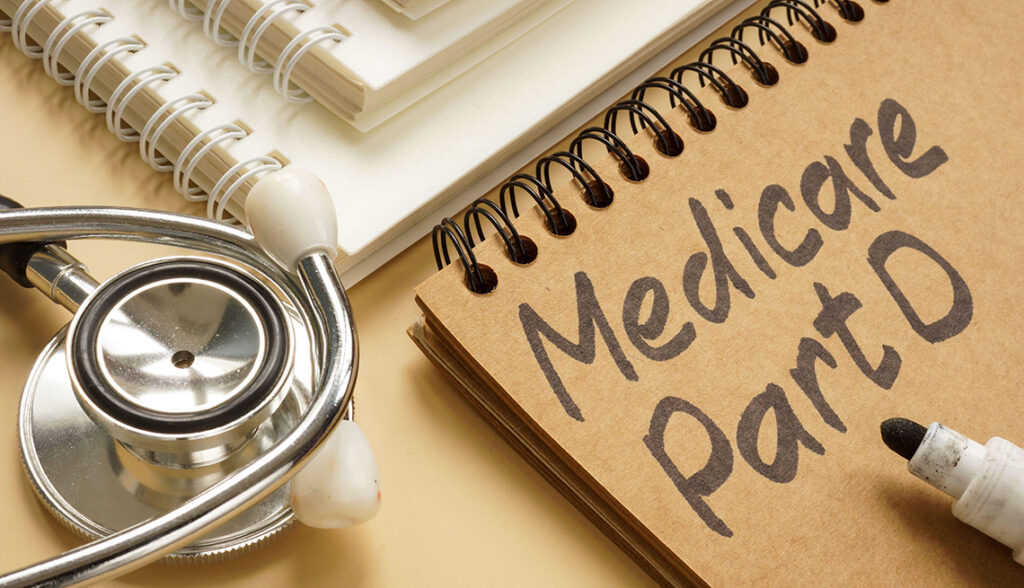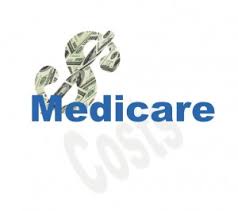Medicare’s Part D Program: The Four Stages of Coverage 2024

Throughout the annual cycle, the expenses related to your prescription drug plan might fluctuate based on your current coverage phase. For those enrolled in a Part D plan, they will progress through CMS coverage phases in the following sequence: deductible (if it applies), initial coverage, coverage gap, then catastrophic coverage.
Stage 1: Annual Deductible
Begins: with your first prescription of the plan year.
You bear the entire cost of your medications until the accumulated amount matches your plan’s deductible. If the plan’s deductible is $0, you directly transition to the subsequent stage. It’s important to note that certain deductibles might only be applicable to medications from designated tiers. This implies that if you’re not consuming drugs from those specific tiers, you might have no deductible. Payments towards the monthly premium or drugs from tiers that aren’t deductible-relevant don’t contribute to fulfilling the deductible.
Stage 2: Initial Coverage
Begins: immediately if your plan has no deductible. Or, when the prescription payments you have made equal your plan’s deductible.
Your plan contributes to a fraction of the cost for each drug you acquire, provided it’s listed in the plan’s formulary (a catalogue of covered medications). Your contribution is either a fixed amount (copayment) or a percentage (coinsurance) of the medication’s price, determined by the drug’s designated tier. This phase concludes when the cumulative expenditure by both you and your plan on eligible drugs equals Medicare’s set initial coverage threshold for the respective year. For 2024, this limit stands at $5,030. Amounts paid towards monthly premiums don’t contribute to achieving this limit.
Stage 3: Coverage Gap
Begins: Once the combined expenses by you and your plan on eligible drugs hit $5,030.
Not all individuals will experience the coverage gap, commonly termed the “donut hole”. Within this gap, there’s a temporary cap on the amount the plan can cover for your medications. Those who do venture into this phase will be responsible for 25% of the cost for both the plan’s branded and generic covered drugs. While branded drugs might have a reduced percentage cost, their actual price could be significantly higher than their generic counterparts. It’s advisable to evaluate both options to ascertain the most economical choice. Exiting this gap occurs when your out-of-pocket expenses on eligible drugs (excluding premiums) total $8,000. This expense is the sum of the annual deductible, coinsurance, copayments for the year, and the expenses borne in the coverage gap (including the discounted amounts that weren’t borne by you during this stage).
Stage 4: Catastrophic Coverage
Begins: Once you’ve incurred out-of-pocket expenses of $8,000 on eligible drugs.
Post reaching the $8,000 out-of-pocket mark, you transition out of the gap and get catastrophic coverage. In this phase of the payment process, the plan covers 100% of the expenses for your eligible Part D medications. You have zero out-of-pocket costs. You’ll stay in this stage until the plan year concludes.






